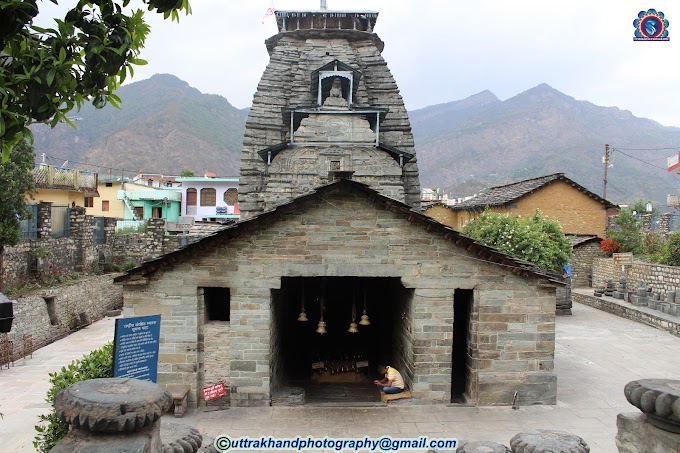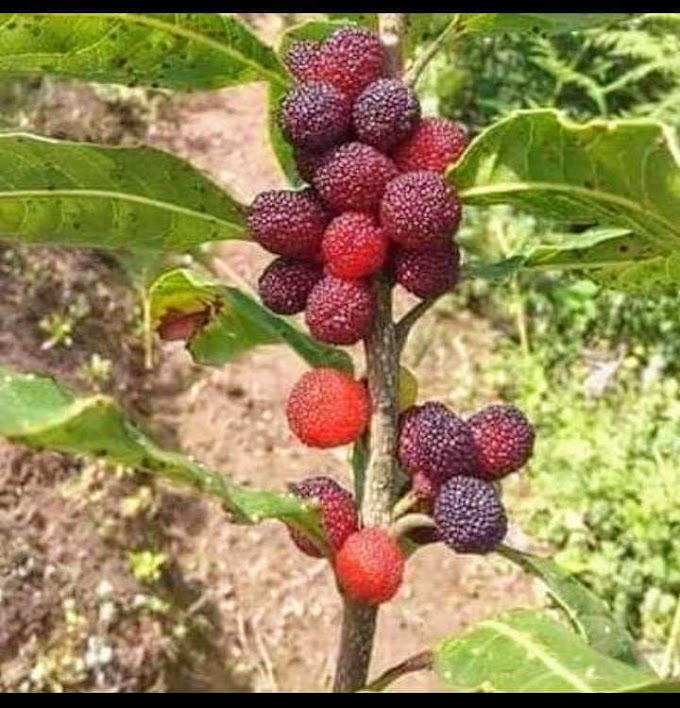What is vavilov
Vavilov can refer to different things, but most commonly, it is associated with Nikolai Vavilov. Nikolai Vavilov was a prominent Russian and Soviet botanist and geneticist who made significant contributions to the understanding of crop diversity and the origins of cultivated plants. His work laid the foundation for the science of plant genetic resources and crop breeding. Vavilov is also known for the Vavilov Centers, which are regions of the world with a high concentration of plant diversity and are critical for global food security. His research was groundbreaking and continues to influence agriculture and genetics.
What is vavilov centre
A Vavilov Center, also known as a "center of origin," is a region of the world that is considered to be the primary center for the origin and diversity of a particular group of cultivated plants. This concept is named after the Russian botanist and geneticist Nikolai Vavilov, who conducted extensive research on the origins of cultivated crops and their diversity. Vavilov identified several such centers around the world based on his pioneering work in plant genetics and exploration.
The Vavilov Centers are crucial because they represent the areas where many of our most important food crops and agricultural plants were first domesticated and where their wild relatives still exist. These regions are rich in genetic diversity, which is essential for crop breeding and adaptation to changing environmental conditions. Protecting and conserving the genetic diversity found in Vavilov Centers is critical for global food security and agriculture.
Some well-known Vavilov Centers include the following:
1. The Andes in South America for potatoes and tomatoes.
2. The Fertile Crescent in the Middle East for wheat, barley, and other cereals.
3. The Himalayas for rice.
4. Ethiopia for coffee.
5. Central Asia for apples.
These regions have served as the cradles of agriculture, where early humans first domesticated and cultivated plants, leading to the development of agriculture and the diversity of crops we have today.
Achievement of Vavilov centre
Nikolai Vavilov's main achievements include:
1. Theory of the Centers of Origin: Vavilov proposed the theory of the centers of origin, which suggested that cultivated plants originated in specific geographic regions. This theory laid the groundwork for the understanding of crop diversity and the development of agriculture.
2. Plant Genetic Resources: Vavilov emphasized the importance of conserving and utilizing the genetic diversity of plants for crop improvement. He established the world's first seed bank and plant research institute in Leningrad (now St. Petersburg), which played a crucial role in preserving crop varieties during times of war and famine.
3. Crop Collecting Expeditions: Vavilov organized numerous plant collecting expeditions to different parts of the world to collect and study a wide variety of crops. These expeditions contributed significantly to our knowledge of plant genetics and the diversity of cultivated plants.
4. Classification and Breeding: Vavilov's work in classifying and breeding crops, particularly in the development of disease-resistant varieties, had a lasting impact on agriculture and helped increase crop yields.
5. Advocacy for Global Food Security: Vavilov's work and advocacy for the importance of plant genetic resources laid the foundation for global efforts in the conservation and utilization of crop diversity, which is essential for ensuring food security.
Vavilov's achievements in the field of genetics, crop diversity, and plant breeding have had a profound and lasting impact on agricultural science and our ability to feed the world's growing population.
History of Vavilov centre
The history of Vavilov Centers is closely tied to the work of the Russian botanist and geneticist Nikolai Vavilov and the exploration and research he conducted. Here's a brief history:
1. Nikolai Vavilov's Work: Nikolai Vavilov, born in 1887, was a pioneer in the field of plant genetics and agriculture. He conducted extensive research on crop origins and diversity. In the early 20th century, he proposed the theory of the centers of origin, suggesting that specific regions of the world were the primary centers for the domestication and diversity of cultivated plants.
2. Plant Collecting Expeditions: Vavilov organized and led numerous plant collecting expeditions to various parts of the world. These expeditions aimed to collect and document a vast array of crop and wild plant species. They were instrumental in expanding our understanding of plant genetics and diversity.
3. Seed Bank and Research Institute: In 1921, Vavilov established the world's first seed bank and plant research institute in Leningrad (now St. Petersburg), Russia. This institute, known as the Vavilov Institute of Plant Industry, became a center for the collection and preservation of plant genetic resources. It housed a vast collection of seeds, representing a diverse array of crops and their wild relatives.
4. World War II and the Siege of Leningrad: During World War II, the Vavilov Institute and its seed bank faced immense challenges, particularly during the Siege of Leningrad. Scientists at the institute, including Vavilov himself, protected the seed collection from destruction, often risking their lives to do so.
5. Legacy and Influence: Vavilov's work and the concept of Vavilov Centers left a lasting legacy in the fields of genetics, crop diversity, and food security. His research has been instrumental in advancing agriculture and understanding the origins of many cultivated plants.
Despite his significant contributions to science, Vavilov faced political persecution under the Soviet regime, and he was imprisoned and died in 1943. However, his ideas and the importance of Vavilov Centers continue to be recognized and studied by scientists and researchers worldwide, playing a crucial role in global efforts to safeguard plant genetic resources for future generations.
Why Vavilov centre are so famous
Vavilov Centers are famous and significant for several reasons:
1. Pioneer of Plant Genetic Resources: Nikolai Vavilov was a pioneering figure in the field of plant genetics and crop diversity. His research and the concept of Vavilov Centers were groundbreaking in understanding the origins and diversity of cultivated crops.
2. Origin of Agriculture: Vavilov Centers represent the regions where many of the world's most important food crops were first domesticated. These areas are often referred to as the "cradles of agriculture" because they played a fundamental role in the development of agriculture and the cultivation of crops we rely on today.
3. Global Food Security: The genetic diversity found in Vavilov Centers is critical for global food security. This diversity is a valuable resource for crop breeding, allowing scientists and farmers to develop new crop varieties that can resist pests, diseases, and adapt to changing environmental conditions.
4. Conservation of Plant Genetic Resources: Vavilov's work in establishing the world's first seed bank and his advocacy for the conservation of plant genetic resources were pioneering efforts. These initiatives have had a profound and lasting impact on the preservation of crop diversity.
5. Scientific Legacy: The legacy of Nikolai Vavilov and the continued research on Vavilov Centers have led to the recognition of their importance in the scientific community. They are a symbol of the ongoing efforts to protect and utilize plant genetic resources for the betterment of agriculture and human society.
6. Historical Significance: Vavilov's work and the history of his institute, especially during World War II and the Siege of Leningrad, have a historical significance that has garnered attention and recognition.
Vavilov Centers continue to be the focus of international efforts to safeguard plant genetic resources and address the challenges of global food production in the face of climate change and other threats. Their fame is a reflection of their critical role in ensuring a sustainable and secure food supply for the world's population.
Where is vavilov centres
Vavilov Centers, also known as centers of origin, are distributed around the world, each associated with specific crops or groups of crops. These centers are regions where particular cultivated plants originated and where their wild relatives still exist, contributing to crop diversity. Some well-known Vavilov Centers and the crops they are associated with include:
1. Andes Mountains in South America: Known for crops like potatoes and tomatoes.
2. Fertile Crescent in the Middle East: Associated with the origins of wheat, barley, and other cereals.
3. Himalayan region: Associated with the origin of rice.
4. Ethiopian Highlands: Known for its significance in the origin of coffee.
5. Central Asia: Associated with the wild ancestors of apples.
These are just a few examples, and there are additional Vavilov Centers around the world that are associated with various other crops and plants. Each Vavilov Center is a specific geographical region where a particular crop's genetic diversity is concentrated, and they are vital for global food security and agriculture.
Challenges and sacrify made by scientist for vavivilov
challenges or sacrifices made by scientists in the context of preserving crop diversity or conducting research related to Vavilov Centers, here are some points to consider:
1. Challenges and Sacrifices: Many scientists and researchers working in the field of crop diversity and genetic resources have faced various challenges and sacrifices. These may include enduring harsh conditions during plant collecting expeditions, political pressures, and even personal risks to protect valuable seed collections.
2. Vavilov's Sacrifices: Nikolai Vavilov himself faced persecution and imprisonment under the Soviet regime due to his beliefs and research. He continued to champion the conservation of plant genetic resources even in the face of personal danger.
3. World War II and the Siege of Leningrad: Scientists at the Vavilov Institute of Plant Industry in Leningrad (now St. Petersburg) during World War II faced the harrowing Siege of Leningrad but still protected the seed bank, often at great personal risk, to safeguard the genetic diversity of crops.
4. Contemporary Efforts: Today, scientists and organizations continue to work under challenging conditions to conserve and utilize plant genetic resources to ensure food security. They may face funding issues, climate-related challenges, and conflicts in regions where Vavilov Centers are located.
The dedication and sacrifices of scientists and researchers in this field are critical for preserving and using plant genetic resources to address global challenges in agriculture and food production.

.jpg)

















Follow Us